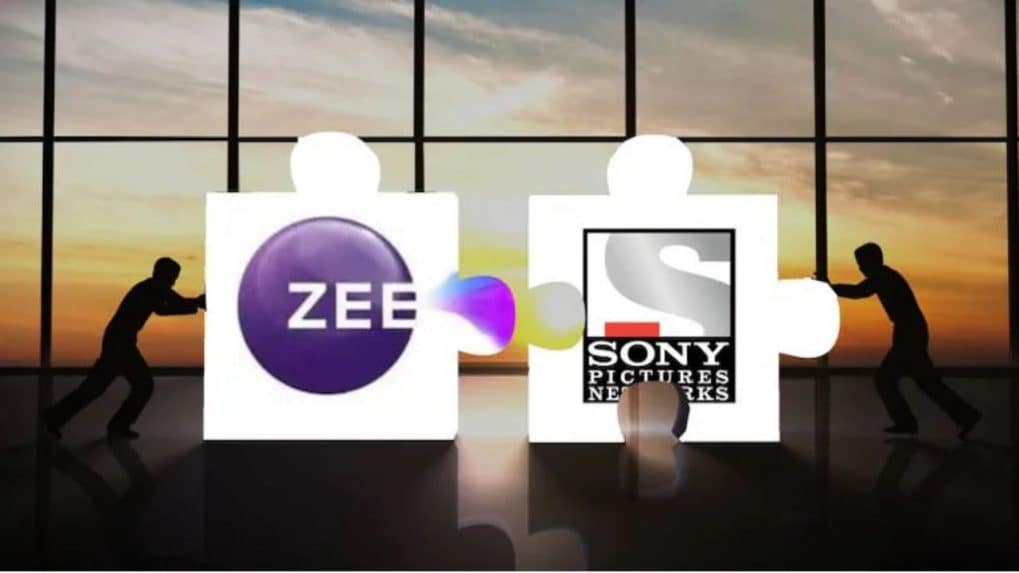Failed Zee-Sony merger cost Zee a whopping Rs 432 crore
Zee footed a rather expensive bill for the unfulfilled merger with Sony that was expected to create a $10 billion media giant.
ADVERTISEMENT
Zee Entertainment took a significant financial hit due to its failed merger deal with Culver Max Entertainment, the Indian unit of Sony Group Corporation. Regulatory filings reveal that Zee spent Rs432 crore on merger-related costs between 2022 and 2024. The breakdown shows costs reaching Rs 256 crore in 2023-2024, with Rs176 crore spent the previous year.
After two years and many twists and turns, Sony Group Corp called off the $10 billion merger with Zee Entertainment Enterprises (ZEEL) on January 22 2024.
It all started in 2021 when ZEEL announced that its board of directors has unanimously provided an in-principle approval for the company's merger with Sony Pictures Networks India (SPNI). A meeting in this regard was held on September 21, 2021.After the 90-day due diligence period came to an end on December 21, the merger deal was signed by the two companies.
The next two years were filled with ups and downs for Zee. The seemingly smooth path to a merged $10 billion media giant took a sharp turn when SEBI (Securities and Exchange Board of India) order threw a wrench in the works with their order that prevented Zee promoters Punit Goenka and Subhash Chandra from assuming any significant management roles within Zee companies or the newly merged entity with Sony.
Then began a leadership tussle where Sony wanted to place their chief NP Singh at the helm of the new company and Zee wanted to stick to the initial agreement wherein MD and CEO Punit Goenka was slated to assume the role of MD and CEO in the merged venture.
SPNI (Sony Pictures Networks India) was intended to hold 50.86 percent of the company, Zee's promoters would have 3.99 percent, and the remaining 45.15 percent was to be allocated to public shareholders.
Neither Zee nor Sony wanted to move from their leadership candidature.
Read More: Zee-Sony merger saga ends: Timeline of the failed merger
Even though Zee's CEO, Punit Goenka, reportedly offered to step down, the Zee-Sony merger still fell through.
The first financial result (for December quarter of FY24) announcement after the merger termination, showed sequential drop in profits, marking a 52 percent decline from the previous quarter mostly on the back of the failed deal with Sony.
In the earnings update, the company mentioned impact on cost structure due to the merger.
Soon after Goenka proposed the implementation of a lean and streamlined management structure to the Board, in line with his strategic plan focused towards achieving profitability. This included rationalisation of the workforce by 15 percent.
Ever since Goenka’s focus has been on three key pillars that included frugality, optimisation and sharp focus on quality content.
Read More: Zee spent Rs. 427 crore in compliances to see through merger with Sony

